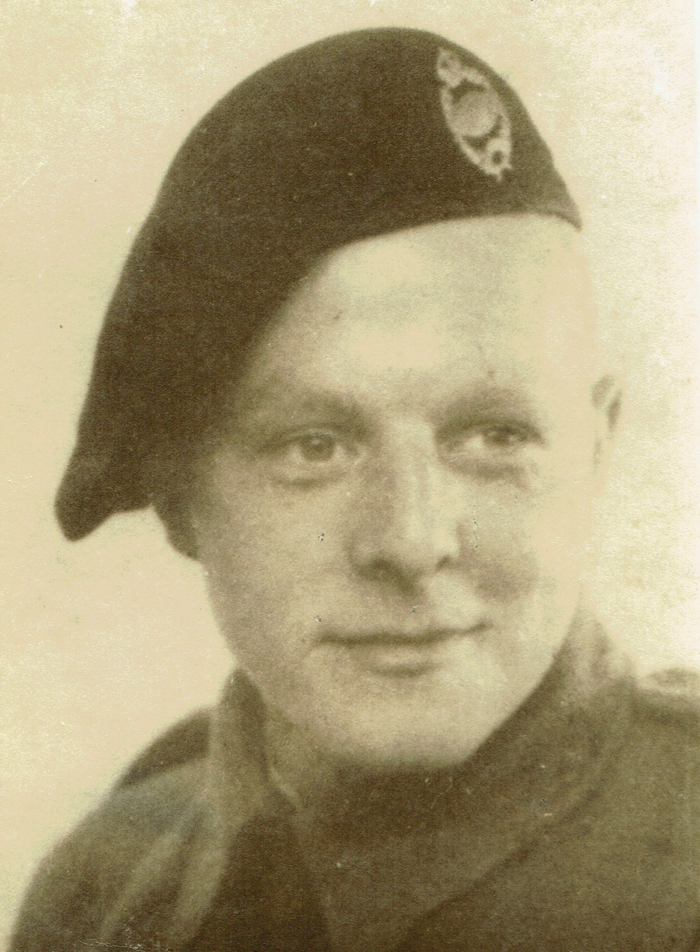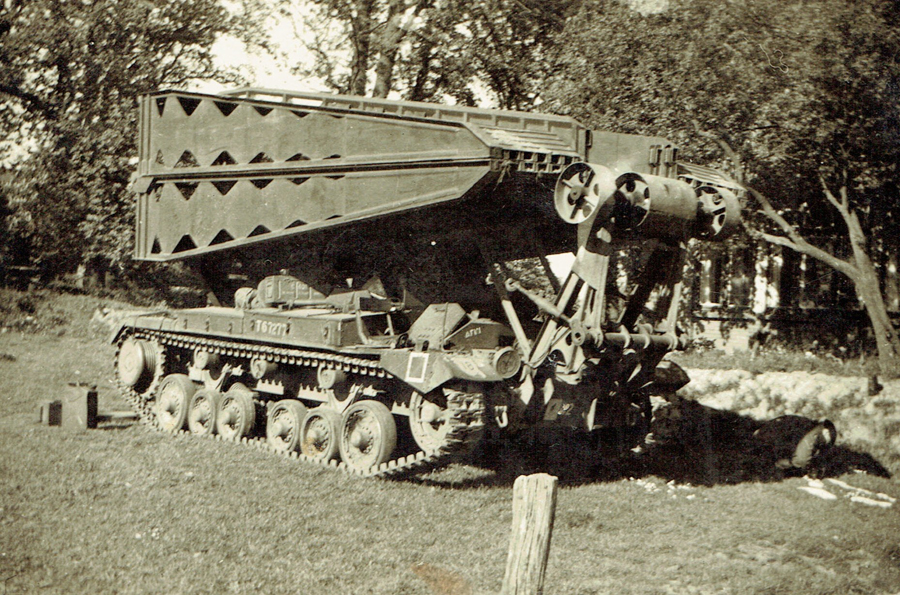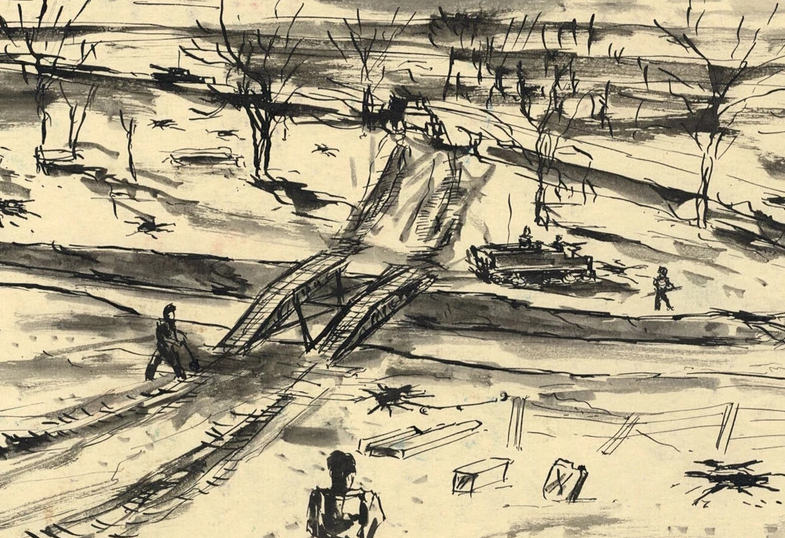|
In memory of those who fought for our freedom Herinnering aan onze bevrijders
Legeronderdeel: | Nummer: Geboren: Overleden: Royal Armoured corps : Royal Engineers (4 Field Squadron / 621 Field Squadron) | 14403777 19 mei 1924 ?
|  Trooper Albert Raymond Jenkinson. Thanks to: Jill Tate His troop laid also some bridges in the area of Gebroek, Baakhoven and Dieteren. In a small unit of 3 Scissors bridge tanks laying the Scissors bridges for the 7th Armoured Division. Lets read what he wrote in his report from that time. We came to a halt in Belgium near to the frontier with Germany, then we moved to the outskirts of Nijmegen where we waited to go to Arnhem however that was not to be and we moved near Maastricht. We didn't get any bread until we came to a halt in Holland at the end of 1944. By this time Field Bakehouses were set up and the loaves came with our rations. We did not use American K rations, to us it was the other way round. We met some American soldiers in Belgium and swapped some of their rations with ours. They found our meat and veg very palatable whereas theirs was just like eating a tin of Heinz vegetable soup. Winter was coming and the war seemed to come to a halt.Snow came pretty heavy and we were billeted on Dutch families in homes just like our council houses. However it was decided our Division should clear some ground up to the river Roer on the German Frontier. One of our tanks had been called to go to the map reference of the main road close to the village mentioned. It was directed to the village and instructed to lay its bridge across the canal, just outside of the village, this it did and the Sherman Flail crossed over it and proceeded to flail the ground upto the next canal half a mile away. It then returned back to the scissor bridge to cross it, however it was very foggy and icy and the driver got the angle wrong and ended up with the tank and the bridge in the canal.  Tank with scissorsbridge. Thanks to: Jill Tate The only way to rectify the situation was to get out our hacksaw and saw through the chains. We did this knowing the Germans were only about 100 metres away. The noise of our sawing aroused them and they started to fire Star Shells. However we finished the job and managed to withdraw the tank to the farmyard leaving the Flails to pass safely over and come back. After a massive barrage by the artillery the following morning the engineers set about building a Bailey bridge over the canal. All the tanks moved over our bridge which we then lifted and proceeded over the Bailey bridge to the next canal. We had an armoured bulldozer with us to cut through the canal banking in order that we could lay our bridge over the water which was much lower than the first canal. The bulldozer then proceeded over our bridge to make a road through the opposite banking. At this time a German soldier, who had been hiding behind the bushes, stood up and fired his Bazooka at the bulldozer thus blocking the canal. A search was made in both directions to find another unblown bridge, this was found about a mile away and all the offensive moved away. The battle raged for a few days and was only settled when my old regiment the Fife and Forfar Yeomanry, now with Churchill Flame throwers burnt he Germans.  Part of an 1945 pen & ink drawing, W/Lt Robert Warren MC from Scissors Bridge, Gebroek, Holland.. Thanks to: Ivo Wilms Lieutenant Robert Warren maakte bovenstaande tekening nadat zijn eenheid Royal Engineers op 13 januari 1945 de Schaarbrug had gelegd over de Geleenbeek bij Gebroek om vlegeltanks over te laten steken om een doorgang rondom Baakhoven schoon te vegen van mijnen. De 1/5th Bn. Queen Royal Regiment kon zodoende Baakhoven innemen voordat operatie Blackcock van start kon gaan. Misschien zijn er nog mensen die informatie hebben over die tijd zoals verhalen of foto's. Neem dan contact op met de webmaster info@deetere.nl wellicht kan het bijdragen aan de geschiedschrijving van onze streek en mogelijk ook van belang voor familieleden van onze bevrijders! | ||